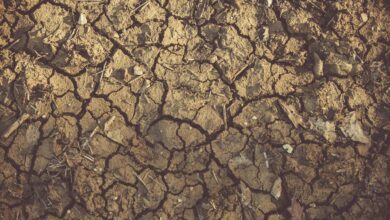Good to Know: Types of Plastic
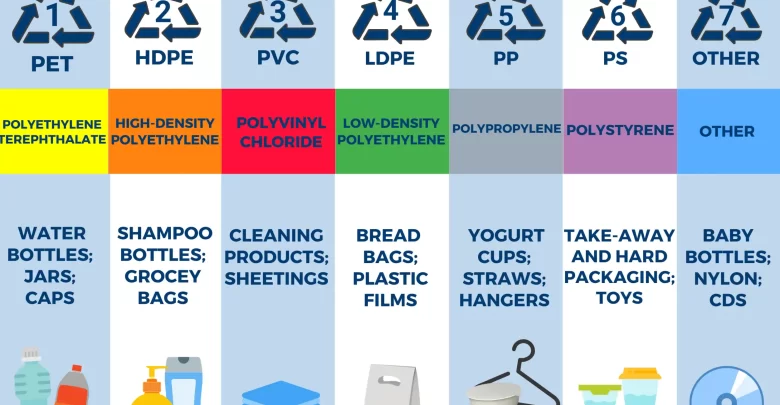
Plastic is an incredibly versatile material that is used in countless industries and applications. It has become an integral part of our daily lives, from the packaging that protects our food to the toys that entertain our children. However, not all plastics are created equal. Understanding the different types of plastic is crucial to ensuring that we use them correctly and dispose of them responsibly. In this article, I will be introducing you to the types of plastic.
Understanding the Different Types of Plastic
Polyethylene (PE) Plastics

Polyethylene (PE) is the most commonly used plastic in the world. It is a thermoplastic polymer that is made from ethylene monomer. PE is used in a wide variety of applications, including packaging, toys, and construction materials. There are two types of PE: high-density polyethylene (HDPE) and low-density polyethylene (LDPE). HDPE is a sturdy plastic that is commonly used in milk jugs, detergent bottles, and pipes. LDPE, on the other hand, is a more flexible plastic that is used in plastic bags, shrink wrap, and food packaging.
Polypropylene (PP) Plastics
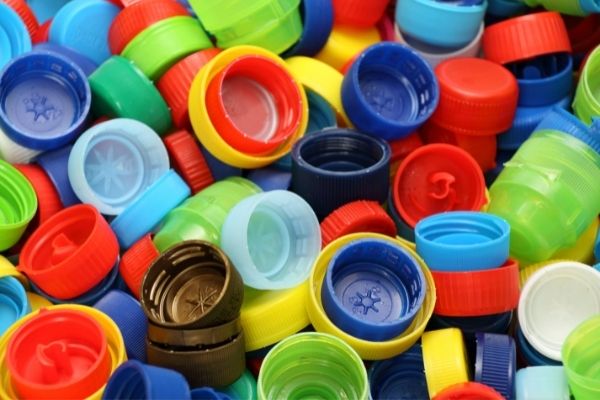
Polypropylene (PP) is a thermoplastic polymer that is used in a wide range of applications, including food packaging, textiles, and automotive parts. It is a strong, lightweight, and flexible plastic that is resistant to heat and chemicals. PP is commonly used to make yogurt cups, bottle caps, and food containers. It is also used in the production of carpets and upholstery.
Polystyrene (PS) Plastics
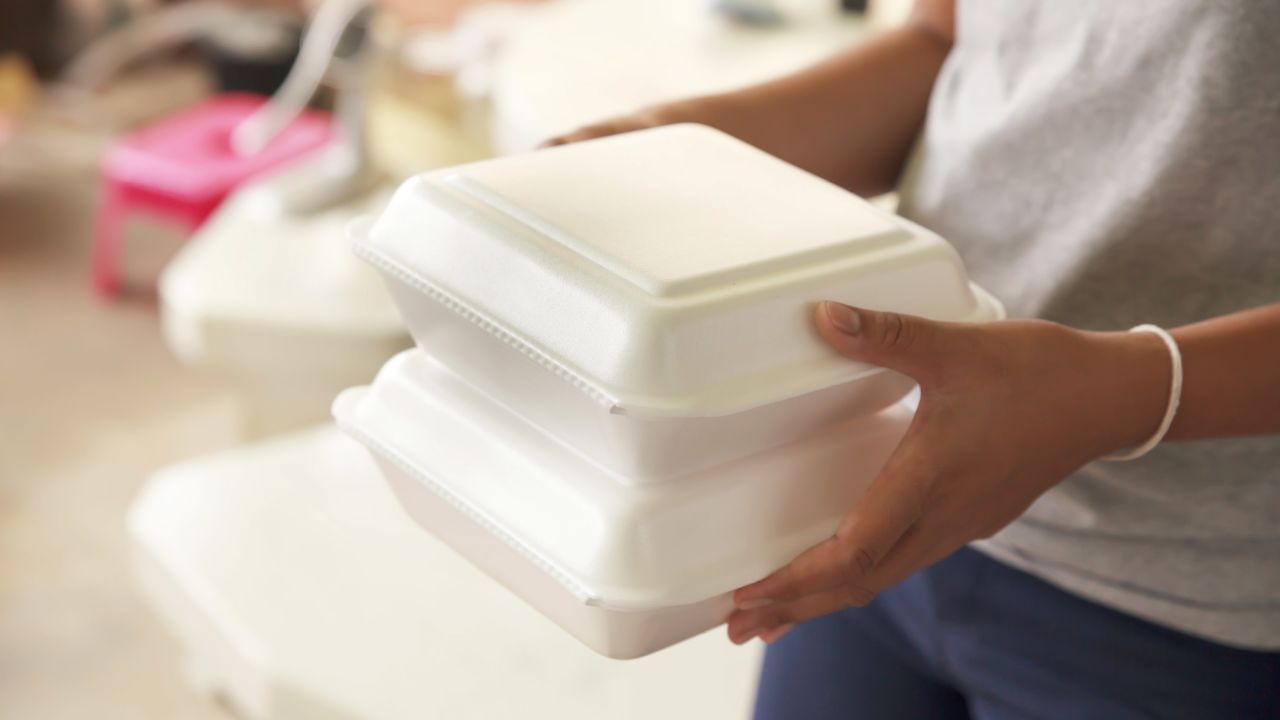
Polystyrene (PS) is a synthetic polymer that is used in a wide range of applications, including food packaging, disposable cups, and insulation. It is a lightweight and rigid plastic that is easy to shape and mold. There are two types of PS: expanded polystyrene (EPS) and extruded polystyrene (XPS). EPS is used in the production of foam cups, packaging peanuts, and insulation sheets. XPS, on the other hand, is used in the production of building insulation and thermal insulation.
Polyvinyl Chloride (PVC) Plastics
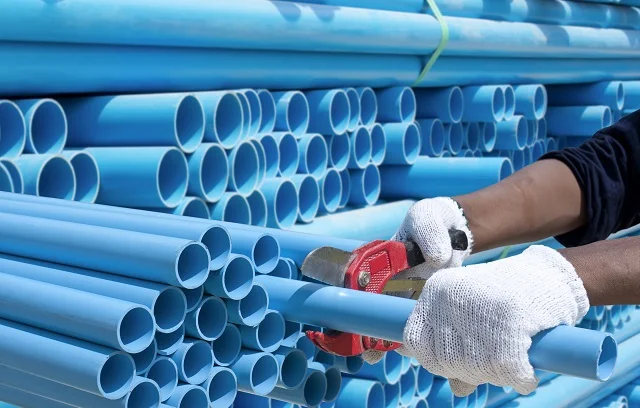
Polyvinyl Chloride (PVC) is a synthetic polymer that is used in a wide range of applications, including construction materials, medical devices, and electrical cables. It is a strong, durable, and lightweight plastic that is resistant to chemicals and weathering. PVC is commonly used to make window frames, pipes, and vinyl flooring. It is also used in the production of medical tubing and blood bags.
Polyethylene Terephthalate (PETE or PET)
PET, the fourth most produced synthetic plastic, is the most common thermoplastic in the polyester family. It resists chemicals and water well, and can be easily recycled. Nearly unbreakable, it boasts a high strength-to-weight ratio. This versatile material is used in clothing fibers, food and drink containers, engineering resins with glass fiber, carbon nanotubes, and many everyday items. Polyethylene Terephthalate’s wide range of applications makes it a crucial part of our daily lives.
Acrylic (PMMA) Plastics

Acrylic (PMMA) is a thermoplastic polymer that is used in a wide range of applications, including signage, automotive parts, and lighting. It is a lightweight and transparent plastic that is easy to shape and mold. PMMA is commonly used to make aquariums, lenses, and safety shields. It is also used in the production of dental implants and bone cement.
Thermoplastic Polyurethane (TPU) Plastics

Thermoplastic Polyurethane (TPU) is a synthetic polymer that is used in a wide range of applications, including footwear, automotive parts, and sports equipment. It is a strong, flexible, and lightweight plastic that is resistant to abrasion and chemicals. TPU is commonly used to make phone cases, watch bands, and medical tubing. It is also used in the production of inflatable boats and rafts.
Polycarbonate (PC) Plastics

Polycarbonate (PC) is a thermoplastic polymer that is used in a wide range of applications, including electronics, automotive parts, and eyewear. It is a strong, lightweight, and transparent plastic that is resistant to impact and heat. PC is commonly used to make CDs, DVDs, and Blu-ray discs. It is also used in the production of bulletproof glass and helmet visors.
Biodegradable Plastics
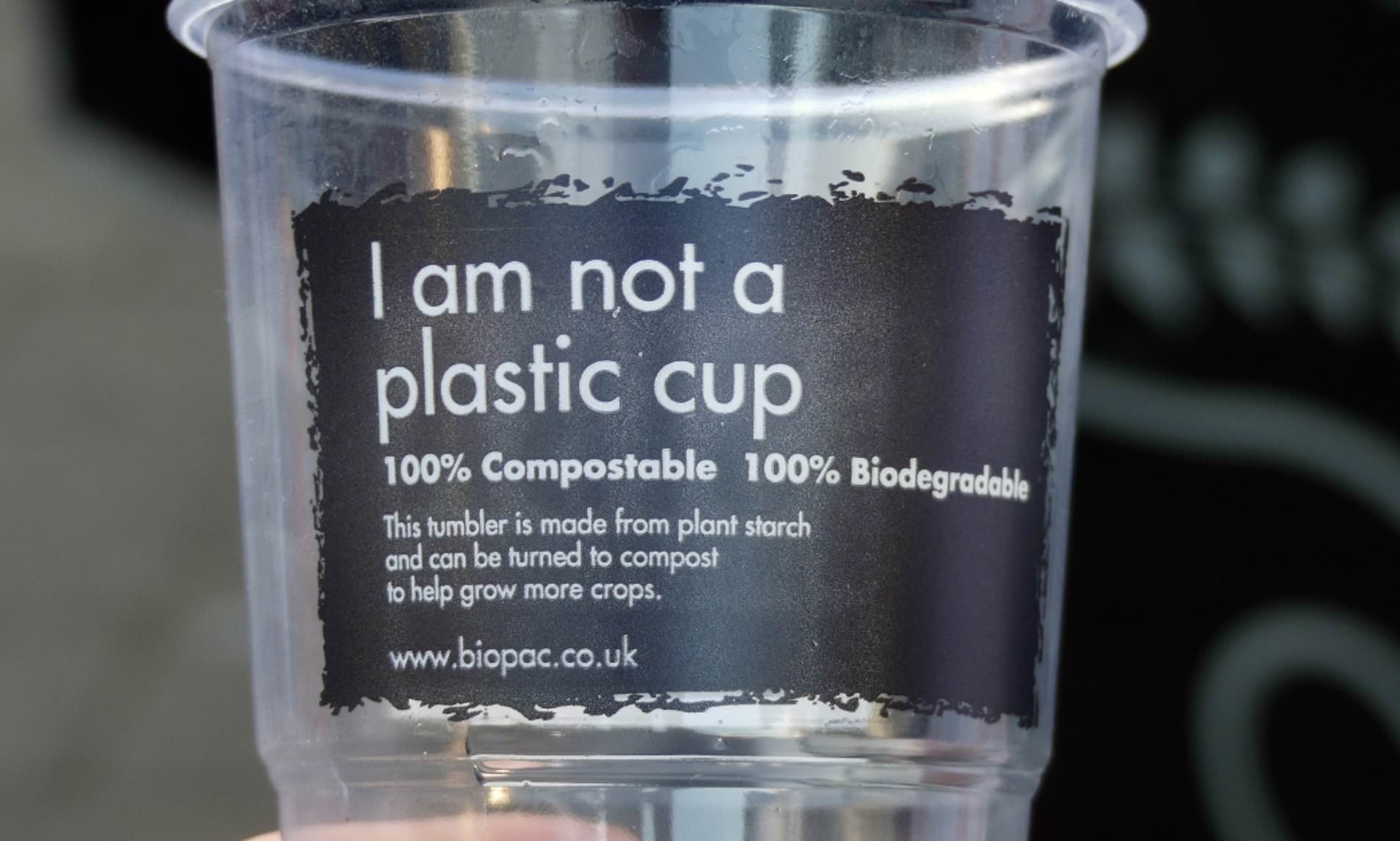
Biodegradable plastics are a type of plastic that can break down naturally over time. They are made from renewable resources, such as corn starch, and are designed to decompose in a composting environment. Biodegradable plastics are commonly used in food packaging, shopping bags, and disposable cutlery. However, it is important to note that not all biodegradable plastics are created equal. Some require specific conditions to decompose, such as high temperatures or sunlight, and may not be suitable for composting.
Applications and Uses of Different Types of Plastic
The applications and uses of different types of plastic are vast and varied. PE and PP are commonly used in packaging and construction materials, while PS and PVC are used in food packaging and medical devices. Acrylic and PC are used in electronics and automotive parts, while TPU is used in footwear and sports equipment. Biodegradable plastics are becoming increasingly popular in food packaging and disposable cutlery.
Environmental Impact of Plastic
The environmental impact of plastic is a major concern. Plastic waste is a significant contributor to pollution, and it can take hundreds of years to decompose. Plastic waste can also harm wildlife and marine ecosystems. It is important to dispose of plastic responsibly and to use alternatives, such as reusable bags and containers, whenever possible. Governments and organizations are also taking steps to reduce plastic waste, such as banning single-use plastics and promoting recycling.
The Future of Plastic
The future of plastics is uncertain. While plastics have revolutionized our lives in many ways, their impact on the environment cannot be ignored. It is important to continue to research and develop new materials that are environmentally friendly and sustainable. Governments, organizations, and individuals all have a role to play in reducing plastic waste and promoting responsible use. By working together, we can unlock the mystery of plastics and create a future that is both innovative and sustainable.
Let’s make a conscious effort to reduce our plastic waste and use alternatives whenever possible. Small changes can make a big difference in protecting our planet for future generations.

